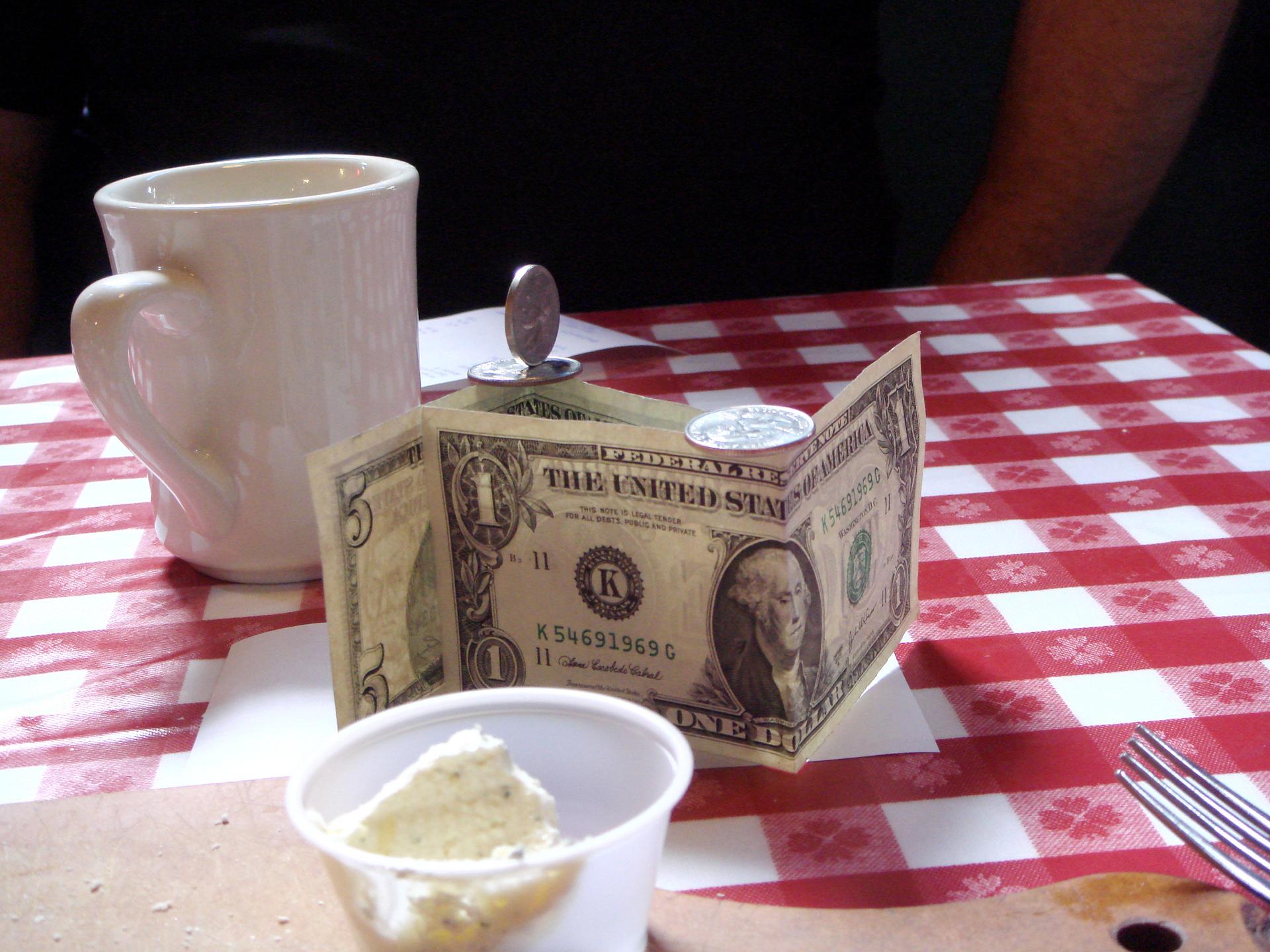There’s a reason why you might tip so much
How much do you tip? And do you give more to a cab driver than a hairdresser? More to a bellhop than to a waiter? Unless you’re Mr. Pink from Reservoir Dogs, you probably tip something, but it’s tricky to know exactly how much money you’re socially obligated to give away.
And it's getting trickier: companies are now using psychological tricks to get you to tip more. Nir Eyal, author of Hooked, cites a taxi ride he took in New York City.
“At the end of my ride, what I saw was this screen that popped up and said ‘Would you like to give 15 percent, 20 percent, or 25-percent tip?' Now tipping conventions will tell you that… [a standard taxi tip] is between 10 percent-18 percent. But by making these options 15 percent, 20 percent, and 25 percent, they’re driving people to take the middle road.”
This desire for the middle option is known as the “anchoring effect” — our brains are wired to think that the choice between two extremes is the logical one, even if that’s not necessarily the case. But that’s not the only way Eyal’s cab ride was pushing him to spend money. Let's say he didn't want to give any tip — that wasn't even an option. Eyal explains that we’re all “cognitive misers,” more likely to pick the easy decision. Since it’s now a hassle NOT to tip, people are likelier to ignore their inner cheapskate.
If you’re wondering whether all these psychological tricks actually had an effect, well… when NYC cabs implemented this new payment screen technology, tips more than doubled from 10 percent to 22 percent.
This is all part of something bigger, says Eyal. If you take a Lyft car, you won’t even have to swipe your credit card. The app will store your credit info, and only ask you after the ride’s over whether you’d like to tip. This completely eliminates the “pain of paying” — meaning that we never physically hand over money.
Other industries have known for a while that we can be manipulated like this — in a Las Vegas casino, you won’t be putting $100 bills on the craps table. Instead, you’ll be using a loyalty card, which is filled with points. These points translate to cash, but there’s a level of abstraction to everything, so gamblers are more likely to part with their money.
The larger trend that this represents — companies using technology to change our behavior in ways we don’t notice — is one that Eyal wants people to consider. He isn’t saying that we shouldn't use apps or screens to pay, but “the point is to be aware of how these technologies make us do things we wouldn’t otherwise intend.”
As for how much Eyal usually tips his cabbie?
“I try not to tip by the percentage, I tip by the dollars. I’ll usually give a couple bucks, I like to give that cash transaction, face-to-face, so it actually means something."
The original version of Eyal's article appeared on TechCrunch. A version of this story first aired as an interview on PRI's Innovation Hub.
